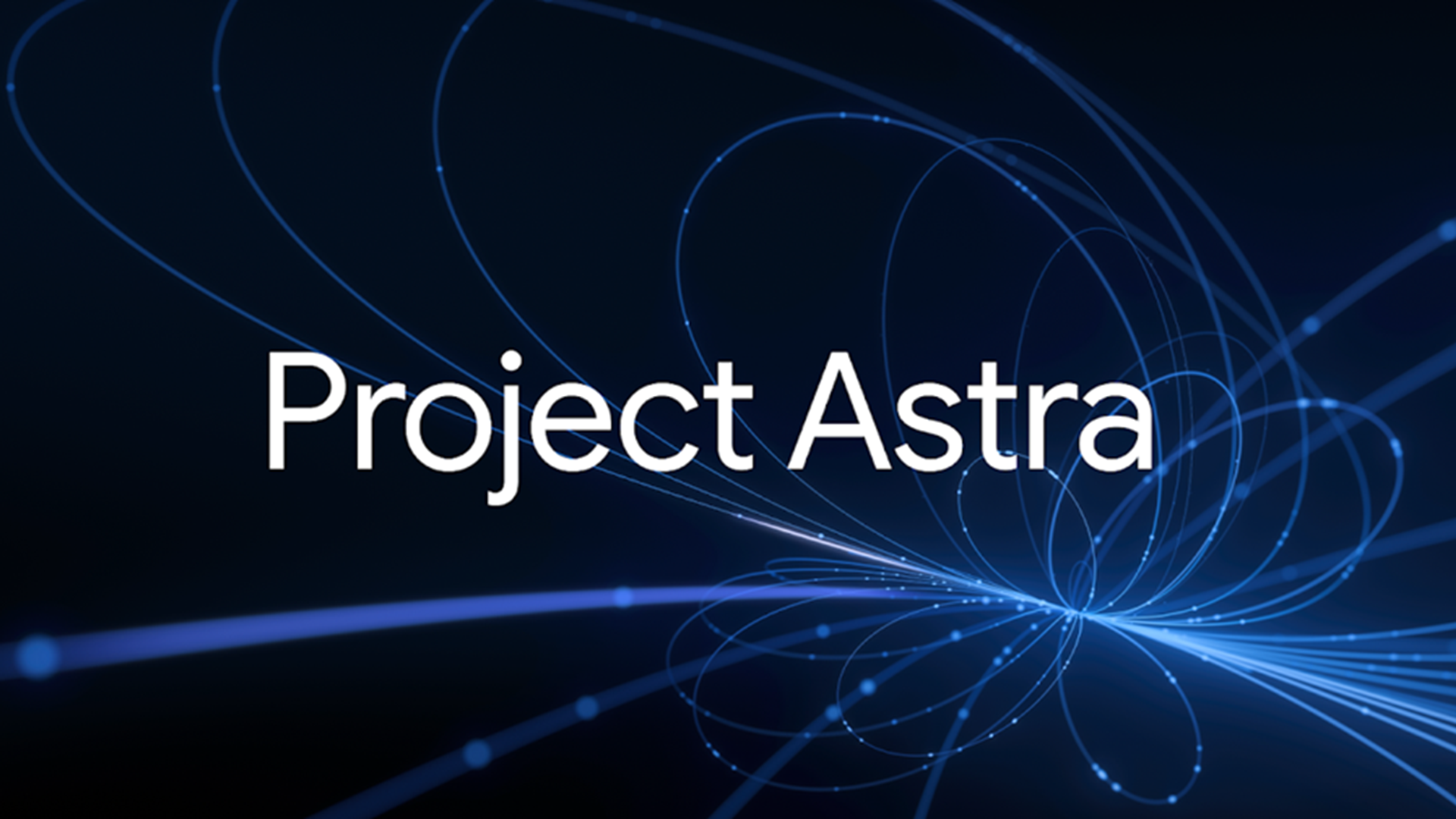Key Insights from Our Interview with Google DeepMind’s CEO: How Astra Might Revolutionize AI Smart Glasses

Introduction to Project Astra
Google has been generating excitement around its ambitious Project Astra for several months, setting high expectations for its innovative AI capabilities. Recently, a segment aired on 60 Minutes featuring Scott Pelley testing various tools associated with Project Astra, developed by Google DeepMind.
Impressive AI Interactions
Throughout his evaluation, Pelley was taken aback by the AI’s ability to communicate effectively and understand context. For instance, when faced with Edward Hopper’s well-known painting "Automat," the AI went beyond mere observation. It not only identified the painting but also analyzed the woman’s body language, ultimately crafting a fictional story about her life.
Smart Glasses with Enhanced AI
The incredible functionality of Astra was delivered through smart glasses that closely resembled regular eyewear. These glasses operate as a platform for an AI that can perceive, interpret sound, and understand the surrounding environment. This advancement could ignite a competitive surge in the smart wearables market, opening new avenues for tech industries.
Astra’s Understanding of the Environment
Continuous Processing Capability
Astra functions by continuously analyzing video and audio data captured through linked cameras and microphones. This AI doesn’t just identify objects; it also discerns emotional tones and broadens the context of conversations. For example, when prompted to identify a location, Astra accurately recognized Coal Drops Yard, a shopping area in King’s Cross, and provided informative background details without hesitation.
Emotional and Contextual Insights
Pelley’s interaction revealed that Astra can interpret more than just visuals. When shown a painting, it identified the subject’s emotional state, describing her as "contemplative," and even gave her a name and story when prompted.
DeepMind CEO Demis Hassabis noted that the AI’s understanding of the physical world is advancing more rapidly than anticipated, surpassing initial expectations set by the development team.
Technological Innovations with Veo 2
AI in Visual Storytelling
Beyond observational capabilities, DeepMind has also been innovating in generating photorealistic images and videos. Their recent advancements with Veo 2 showcase how the AI has evolved from struggling to comprehend basic anatomy (like recognizing that dogs have legs) to now being able to create imaginative scenarios, such as a flying dog with flapping wings.
These developments carry significant implications for industries like filmmaking, advertising, and virtual reality. Imagine wearing glasses that can not only identify a building but also recreate how it might have appeared a century ago in high definition.
Introducing Genie 2
World-Modeling Capabilities
Genie 2, another cutting-edge system from DeepMind, takes things a step further. While Astra comprehends the current world, Genie can create entirely new experiences from static images. For example, it can transform a still photograph of a waterfall into an interactive video game level that evolves as the user explores.
DeepMind is already leveraging spaces created by Genie to train other AI systems, fostering a unique environment where one AI can dream and another learns. This creates a simulation loop that presents exciting possibilities for robotics, allowing machines to hone their skills without the limitations and risks associated with real-world trials.
Getting Astra to the Public
The Push for Widespread Adoption
Google aims to distribute Astra-style capabilities to the public swiftly, even offering some features for free. After initially launching Gemini’s screen-sharing and live camera tools as a premium service, Google made them available to all Android users. This strategy serves to collect extensive user feedback and training data, ultimately enhancing the AI’s accuracy.
The New Era of Smart Glasses
Currently, a select group of users is testing Astra-enabled smart glasses. These devices utilize micro-LED displays to project information directly into the user’s line of sight and feature small directional speakers for audio. Unlike the original Google Glass, the new model presents a more refined and appealing design.
However, challenges remain, particularly concerning privacy, battery durability, and societal acceptance of people wearing advanced AI glasses in public. As we move closer to 2025, the perception of smart glasses entering the mainstream seems increasingly plausible.






